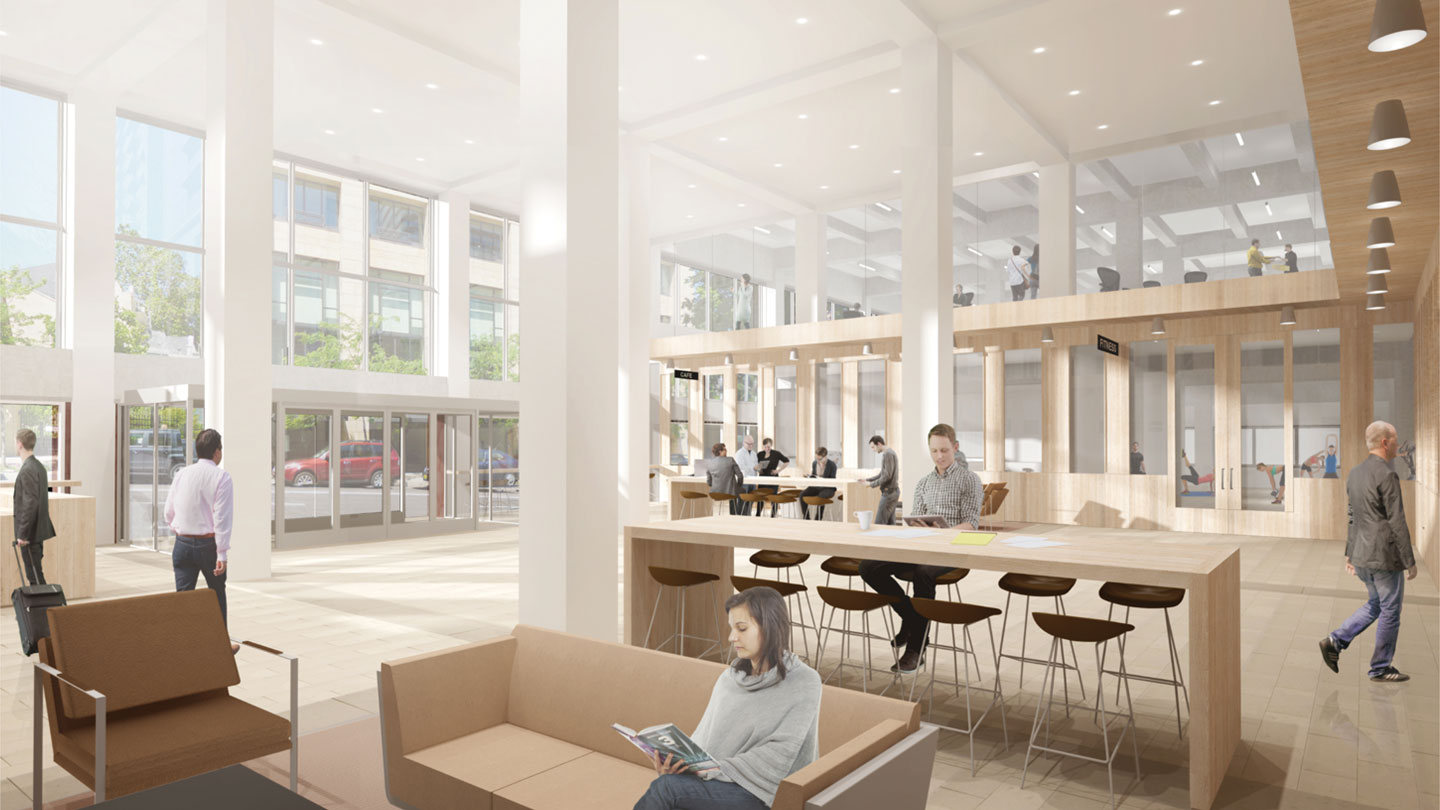Today’s industrial users are looking beyond rental rates to consider transportation and inventory carrying costs when making location decisions.
Spring 2017 Issue
Transforming an Industrial Building for Carnegie Robotics
By: Adrienne SchmitzRIDC, a nonprofit developer in Pittsburgh, has converted a long-vacant factory building in a now-hip neighborhood into an industrial robotics facility.
Redeveloping Newspaper Headquarters
By: Patricia Raich and Julia GeorgulesRedevelopment of former newspaper headquarters and other facilities is becoming big business in more markets, as news companies offload valuable real estate with great structural bones in high-quality locations.
Bulfinch Crossing The Next Phase of Urban Revitalization in Boston
By: Thomas N. O'BrienA 4.8-acre mixed-use, transit-oriented development on the site of the Government Center Garage aims to meet the future needs of Bostonians.
Must-Read Articles

Data Center Outlook
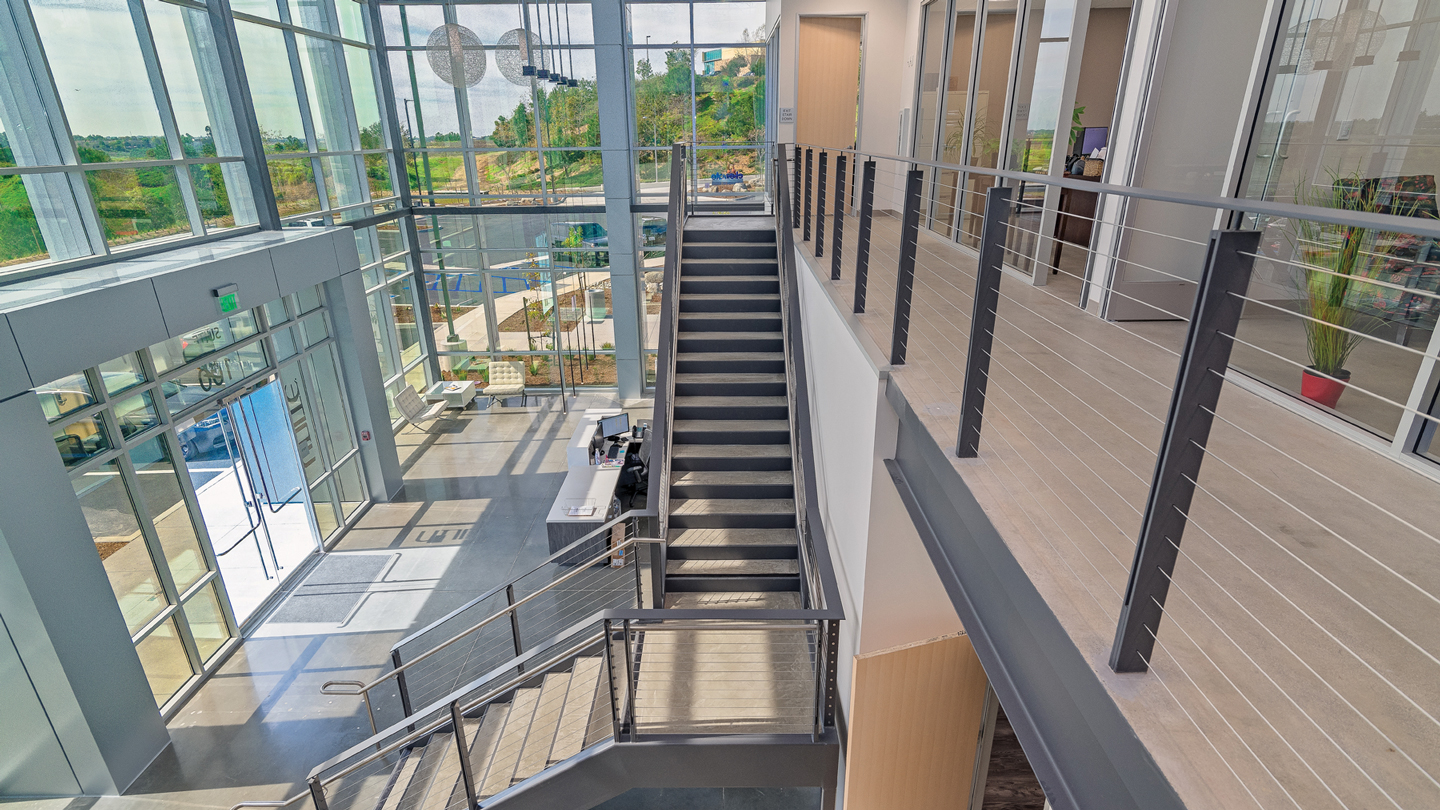
Creative Industrial Workspaces
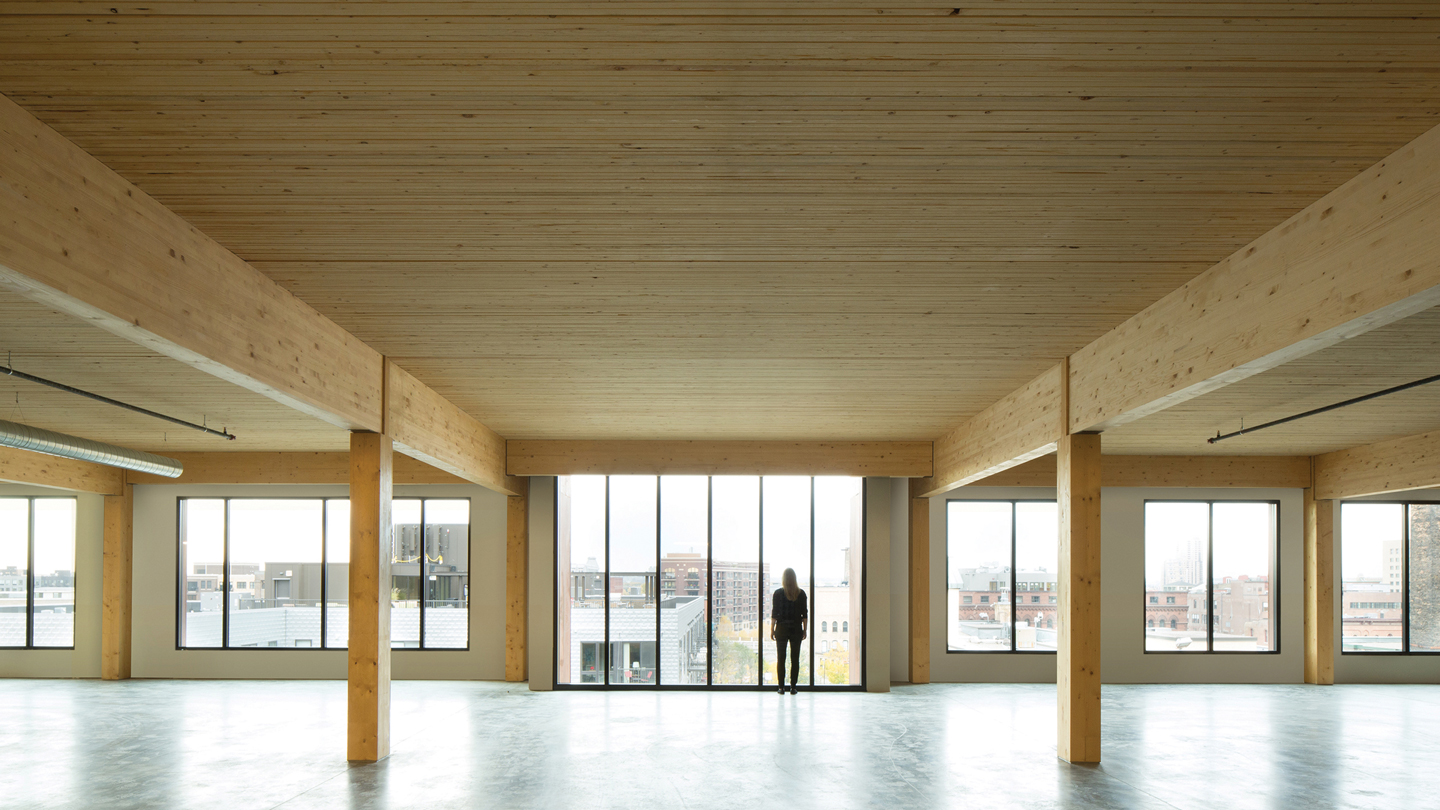
Taller Wood Buildings Coming Soon
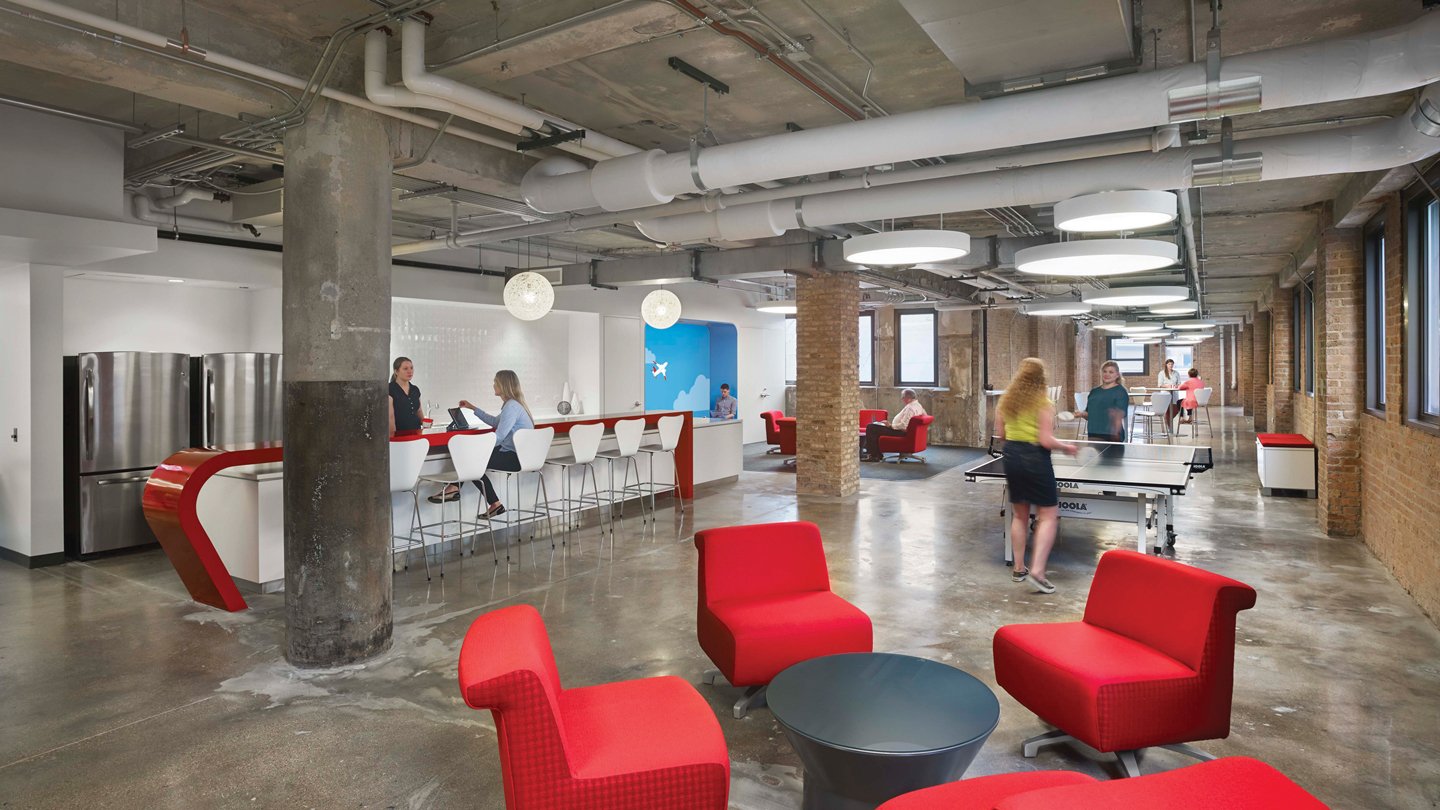
The Third Place in the Modern Office
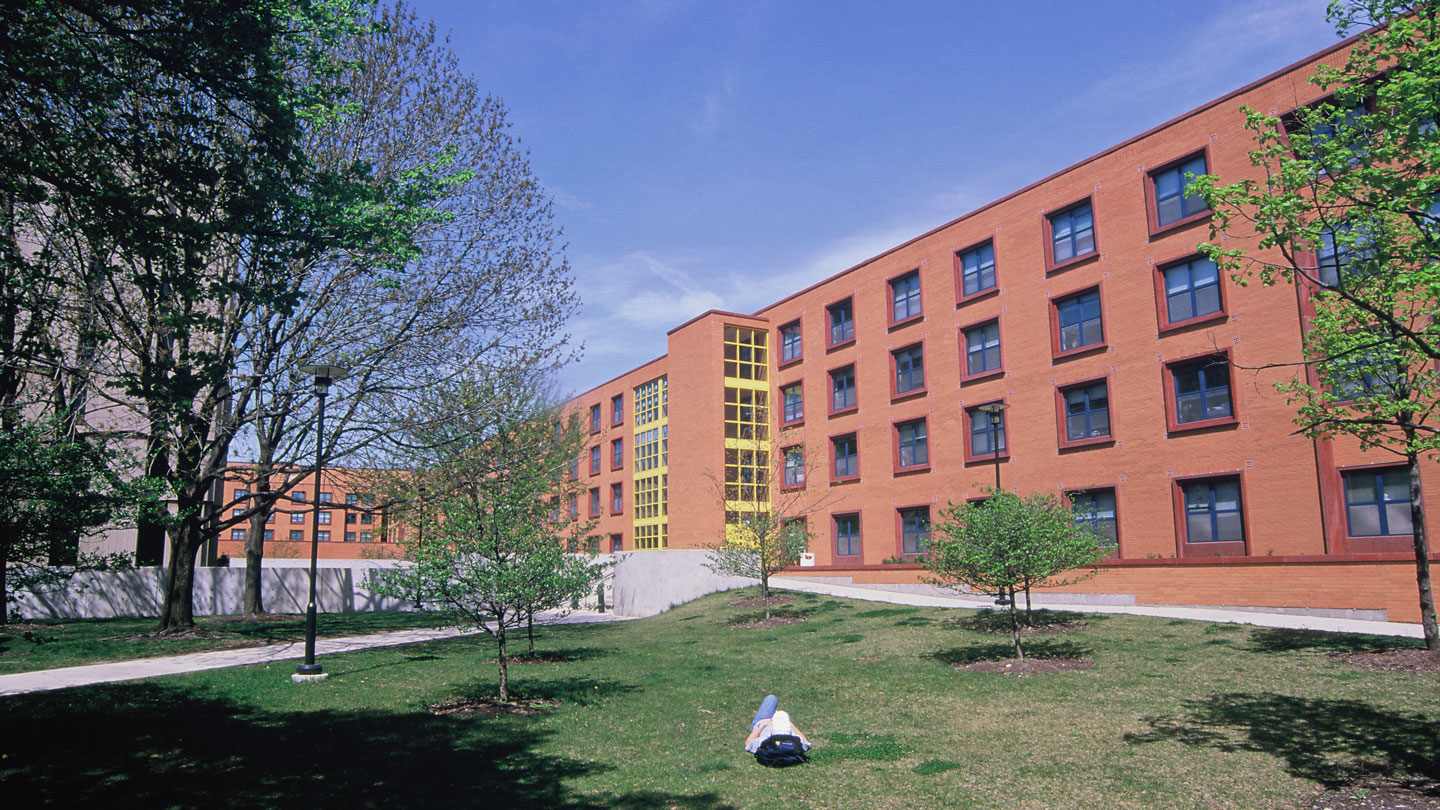
Why Investors Are Flocking to Student Housing
- Finance,
- Investment,
- ...

Plantscaping and the Value of Biophilic Design
RELATED RESEARCH AND PUBLICATIONS
From Static to Strategic: AI’s Role in Next-Generation Industrial Real Estate
- Report,
- Technology,
- ...
Industrial Space Demand Forecast, Third Quarter 2025
Economic Impacts of Commercial Real Estate in Canada, 2025 Edition
PERSPECTIVES
CEO on Leadership: Chuck Scott, CEO, Cushman & Wakefield Canada
The Time for Succession Planning Is Now
CBRE's Ongoing Journey of Diversity and Inclusion
Meet NAIOP's Chairman
ADDITIONAL ARTICLES
Rubberized Roads, Sustainable Concrete and Smart Bridges
The Sustainability Officer and Real Estate Operations
National Groups Shift Focus to Cities
Mitigating Fitness Center Impacts
Are Suburban Office Parking Ratios on the Rise?
The Property Life Cycle: Planning for Effective Cost Segregation Strategies
- Finance,
- Principals,
- ...
Maximizing Revenue Through Dynamic Parking Pricing
New & Noteworthy Projects
ARCHIVED ISSUES
View All Archived Issues Summer 2025 Issue
Summer 2025 Issue
Development’s summer 2025 issue explores experiential retail and the brick-and-mortar resurgence. Also featured: a modern warehouse campus in Toronto that honors its manufacturing heritage; a coalition of Oregon real estate organizations working to revitalize downtown Portland; and the creative capital stack strategy behind a mixed-use project in West Baltimore.
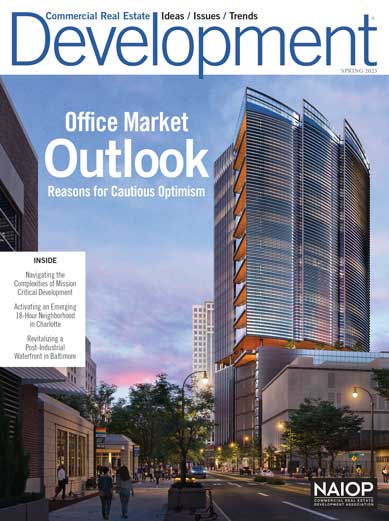 Spring 2025 Issue
Spring 2025 Issue
The spring 2025 issue offers insights about where the office market might be heading over the coming year, explores the complexities of mission critical development, and provides detailed looks at two transformative mixed-use projects: The Bowl at Ballantyne in Charlotte and Baltimore Peninsula in Maryland.
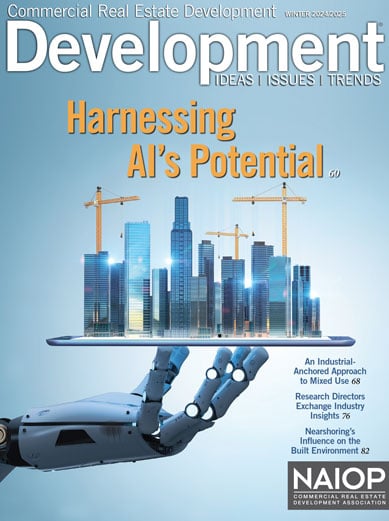 Winter 2024/2025 Issue
Winter 2024/2025 Issue
Development magazine’s winter issue delves into the evolving uses of artificial intelligence in the commercial real estate industry, from lease management and building operations to portfolio assessment and data analysis.



